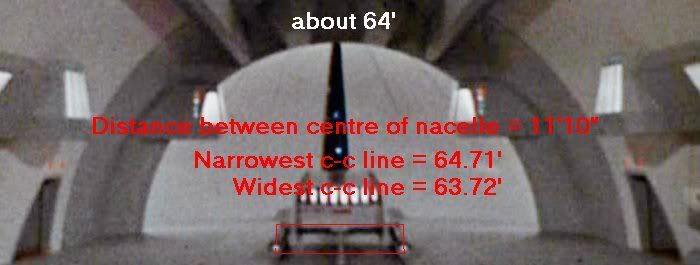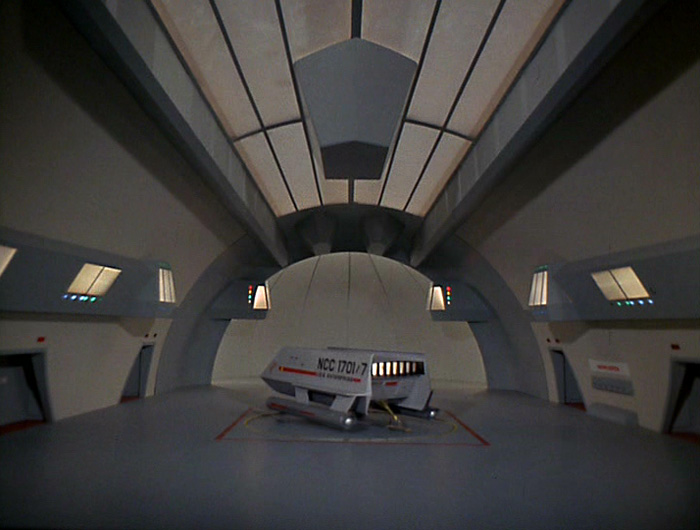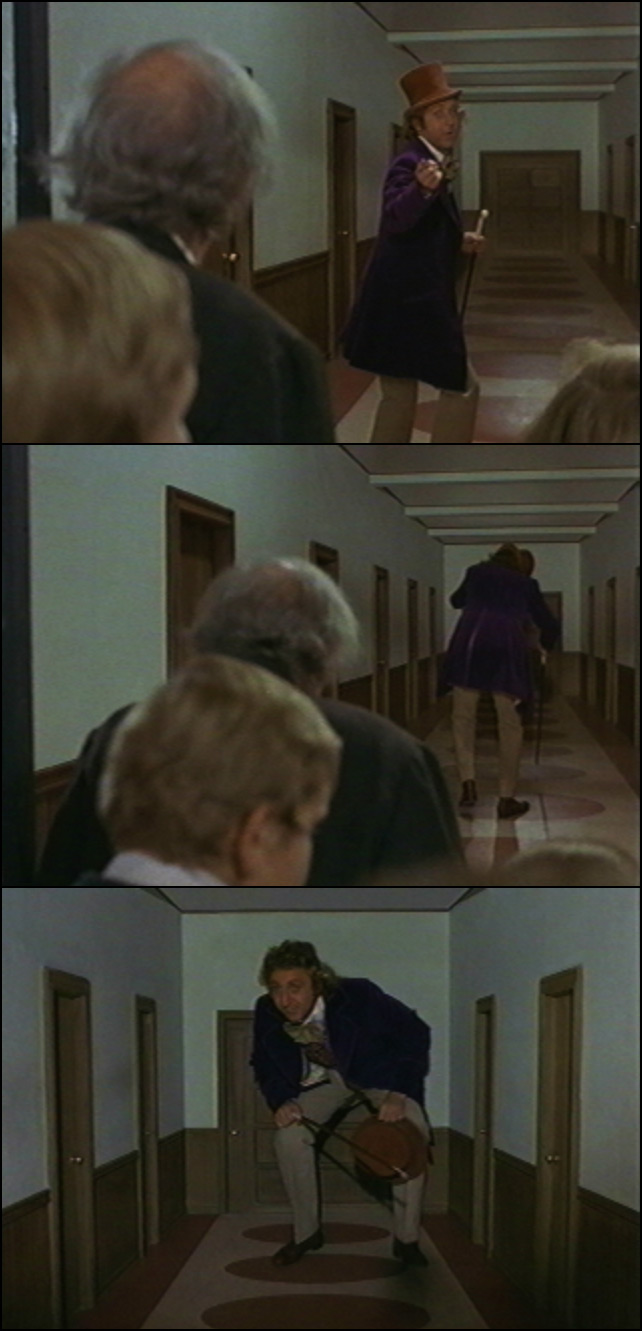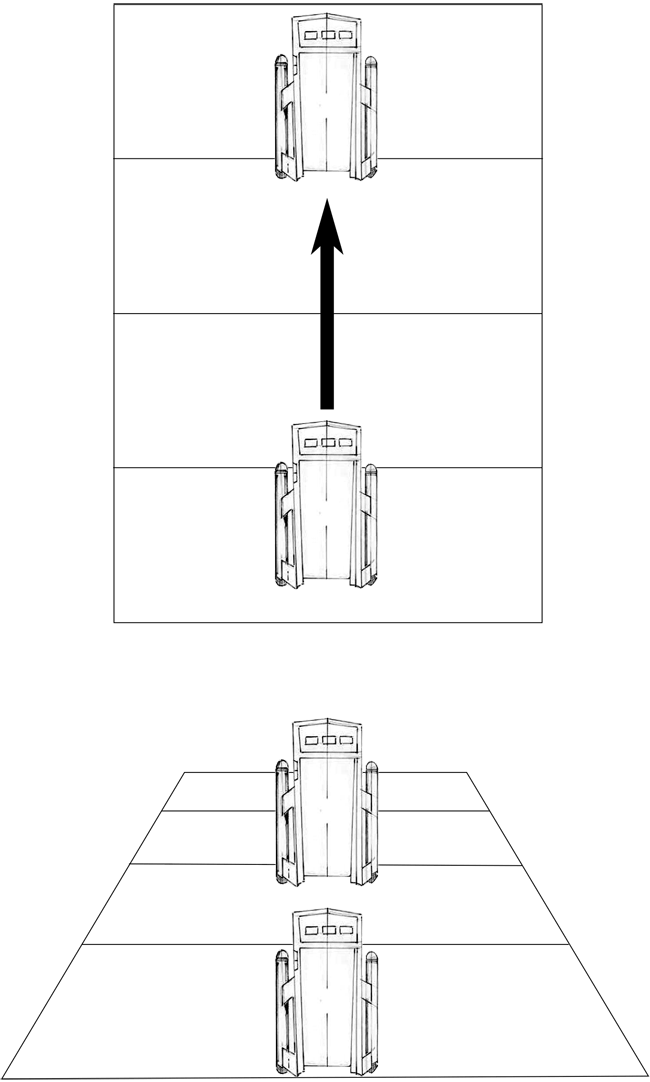The Shuttlecraft seen in The Menagerie, Part 1 seems to be moving at warp speed chasing the Enterprise. If there was no anticipation of needing warp drive the nacelles might not of been fueled with antimatter during The Galileo Seven. Spock obviously jettisons something out the back of the nacelles, if the shuttlecraft uses a two part fuel (hypergolic ?) a larger component stored in two tanks, one in either nacelle, and a smaller amount of a second component stored in the shuttlecraft's floor pan. It's the smaller component that leaked away and that Scotty figured a way of replacing with phaser energy. What Spock jettisoned in low orbit was the fuel stored in the nacelles.As for the impulse engine: it all depends on where the center of gravity is for this ship. And what powers a shuttlecraft anyway? Are those matter-antimatter nacelles, just like the ones used by large starships? If so, where to they store the fuel? "The Galileo Seven" and "The Menagerie, Part 1" seemed to suggest that shuttlecrafts may use a different power source, but it was never clear to me what it was. If the ship uses some fuel-based reactor technology, then the fuel must be stored in either the nacelles or the underbelly of the ship (where Scotty was tinkering while on the surface of Taurus II) which would suggest the lower half of the ship to be the center of gravity. This would, in turn, suggest that the impulse engine would be located near the bottom of the vessel.
If, on the other hand, fuel were stored in the ceiling of the main fuselage, that glowing rear array would be ideal for an impulse engine.
Look at this.One wonders... Should the impulse engine be the row of vertical yellowish squares on top of the stern plate - or rather the single red horizontal nozzle in the middle of said plate?
http://scottgammans.com/blog/wp-content/uploads/2010/01/hangar_1280x9601.jpg








